Biography
Early life
Bednarik was born in Orschowa (Orşova), at the time part of Austria-Hungary, to Czech parents; he was son of the second marriage of Adalbert Bednarik (originally from Moravia) and Genoveva Hauschka, followed by two sisters, Genoveva, and Maria.
While a pupil at the Traian High School in Drobeta Turnu Severin, he won first prize for his works in drawing at the Tinerimea Română society.
From 1898 to 1900, Bednarik studied at the Bucharest School of Fine Arts under the sculptor and water-colourist, Ion Georgescu. In 1901, he went to Vienna where he occasionally attended classes at the Academy of Fine Arts; Bednarik preferred instead to study masterpieces in the collections of the Kunsthistorisches Museum and the Albertina.
In 1909, he married Elena Alexandrina Barabaş, also a graduate of the Bucharest School of Fine Arts. Together they left for Munich to study at the Royal School of Applied Art, at a time when the city was a dynamic international cultural centre, brimming with new ideas, in particular the influence of the Jugendstil aesthetic.
Symbolism
The Bednariks made their debut in 1910, in Paris, at the Salon d'Automne held in the Grand Palais. They returned to Bucharest in the same year. Ignat Bednarik exhibited for the first time in Romania in 1913 with Associaţia Artistică; he subsequently took part in official salons and opened his first individual exhibition in Bucharest in 1915. [1]
His works of this period brought the influence of European symbolism to Romania at the same time as Alexandru Macedonski was exploring similar ideas in poetry. [2] The longing for evasion, a favourite concern of symbolists, shows itself in a variety of ways in his work. A symbolic interpretation of reality, seen through the world of myths, is found in works like Saved, while the interdependence of heaven and earth is explored in When the Gods Came Down to Earth and a demythologising of fiction is attempted in End of the Legend (all 1915). The need for escape, the longing for the absolute and the desire to recreate reality in an ideal dimension can also be seen in Towards glory (1915), The Spirit Triumphs (1916), Excelsior, The Paths of Life (1922) and Æternum Vale!.
The escape into the world of legends and ancient ballads (for example, Meşterul Manole ) demonstrates Bednarik's debt to Romanian folk-tales, seen particularly well in his series of illustrations for Petre Ispirescu's Tales of the Romanians (1925–1926).
Notes of nostalgia and reverie also permeate his portrait-compositions Ioana (1920), The Letter (1921) and Portrait of Mrs. M. Tomescu (1923), while his treatment of philosophical subjects, such as Towards the Styx (1916), The Enigma of Life (1919), Chimera , or To Be or Not To Be (1922), is imbued with an air of symbolic mystery.
Another kind of symbolic escape is found in the realm of fine sensations, of correspondences. The theme of music often appears in Bednarik's work, for example Young Girl Playing the Violin (1915), At the Piano (1922) and Playing the Violin (1922). Bednarik often associates music with flowers which decorate the interior where the former is being produced; at times they are so faintly sketched on the canvas as to be almost invisible (another symbolist trait). Flowers are often present in portraits of children (Mother's Birthday) and almost always in paintings of female figures (a favourite association of Art Nouveau artists), for example in Portrait of the Artist's Wife (1919), Portrait of a Young Girl (1925), or Portrait of Miss J.P. (1924). They are also seen in his interiors with nudes painted in 1921. The flower symbolism is enhanced by the choice of the blossom which accompanies the female figure. Mastering the delicate transparency of watercolour, Bednarik surrounds his sitters sometimes with lilies, but more often with roses or peonies. In his next period, from 1919 to 1928, the still life with flowers became one of his favourite subjects. [3]
The novelty of his work lies in its symbolist conception as well as the atmosphere of deep philosophical contemplation, transposed through watercolour, which imbues his painting with such distinctive individuality.
Later work
The violence of World War I brought an abrupt halt to his heady and coloured symbolist compositions. As a member of the War Team of Artists and Sculptors [4] set up in Iaşi by Queen Marie, during the time when Bucharest was occupied by German forces, Bednarik employed all his graphic skill in vigorous depictions of conflict and hardships.
Between 1915 and 1927, Bednarik held eight individual watercolour exhibitions in Bucharest and, in 1928, one in New York City. [5] He also executed a series of works which were designed as an overlook of typical scenes from Romanian daily life. Towards 1947, partially recovering his sight after a period of almost total blindness, he painted a number of canvases depicting characters from old Bucharest, or scenes from Romanian history (The Execution of Gheorghe Doja , 1954). In 1956, a retrospective of the work of Ignat Bednarik was organised in Bucharest by the Union of Artists. [6]
In 1961 he went completely blind. He died two years later.

Nicolae Grigorescu was one of the founders of modern Romanian painting.
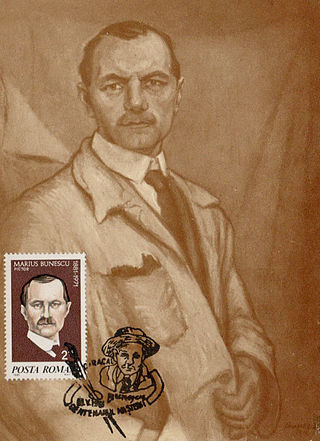
Marius Bunescu was a Romanian painter, organizer of the National Museum of Art, and director of the Anastase Simu Museum.

Ștefan Dimitrescu was a Romanian Post-impressionist painter and draftsman.

Carol I Park is a public park in Bucharest, Romania, named after King Carol I of Romania. A French garden located in the southern-central area of Bucharest, partly on Filaret Hill, originally capable of hosting various exhibitions, it suffered considerable modifications during the communist regime, including a name change to Parcul Libertății.

Nicolae Vermont was a Romanian realist painter, graphic artist and muralist. He was noted for his wide range of subjects and his interest in social issues, and was an associate of the post-Impressionists Ştefan Luchian and Constantin Artachino, as well as a friend of the controversial art collector and political figure Alexandru Bogdan-Piteşti.
Camil Bujor Mureșanu was a Romanian historian, professor and author.
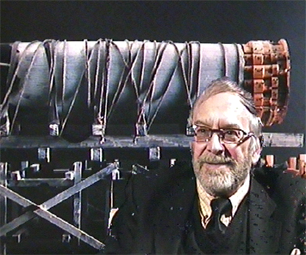
Horia Damian was a Romanian painter and sculptor.

Dr. Iulius Iancu was a Jewish poet and writer writing in Romanian.
Alma Redlinger was a painter and illustrator from Romania.

Ion Theodorescu-Sion was a Romanian painter and draftsman, known for his contributions to modern art and especially for his traditionalist, primitivist, handicraft-inspired and Christian painting. Trained in academic art, initially an Impressionist, he dabbled in various modern styles in the years before World War I. Theodorescu-Sion's palette was interchangeably post-Impressionist, Divisionist, Realist, Symbolist, Synthetist, Fauve or Cubist, but his creation had one major ideological focus: depicting peasant life in its natural setting. In time, Sion contributed to the generational goal of creating a specifically Romanian modern art, located at the intersection of folk tradition, primitivist tendencies borrowed from the West, and 20th-century agrarian politics.
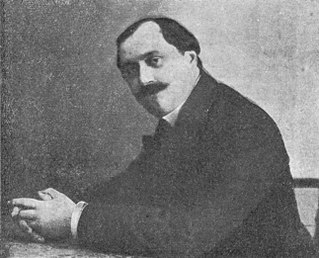
Dumitru or Dimitrie Karnabatt was a Romanian poet, art critic and political journalist, one of the minor representatives of Symbolism. He was a disciple of both Alexandru Macedonski and Ștefan Petică, representing the conservative and mystical school of Romanian Symbolism, and a regular contributor to the newspaper Seara. He is also remembered as the husband and, for a while, literary partner of novelist Lucrezzia Karnabatt.
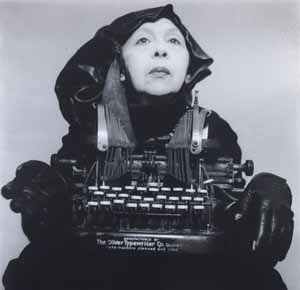
Geta Brătescu was a Romanian visual artist with works in drawing, collage, photography, performance, illustration and film.

Mircea Constantin Demetriade was a Romanian poet, playwright and actor, one of the earliest animators of the local Symbolist movement. Born in Oltenia to a theatrical family, he largely gave up on a similar career to become a bohemian writer. He associated with, and was inspired by, Alexandru Macedonski, building on early romantic influences at Literatorul magazine. Later, he incorporated borrowings from Charles Baudelaire and Arthur Rimbaud, two of the authors Demetriade would translate into Romanian.
Portrait of Lady Roxanda is a painting by Dobromir. Dobromir and his students finished the painting for the Curtea de Argeș Cathedral, in about 1526.
Marian Zidaru is a Romanian sculptor and painter.

Georgeta Năpăruș was a Romanian modernist painter.
Octav Grigorescu was a Romanian painter, graphic artist, book illustrator, fine arts professor at the Bucharest National University of Arts, an important figure in Romanian art. He was the brother of Ion Grigorescu and the husband of the painter Georgeta Năpăruș.
Mircea Roman is a Romanian sculptor. Mircea's work has been offered at auction multiple times, with realized prices ranging from 200 USD to 5,435 USD, depending on the size and medium of the artwork.
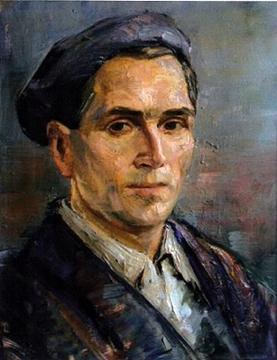
Dumitru Bâșcu was a Romanian painter. He is known for his oil paintings of still life, landscapes and portraits as well as for mural paintings, mostly church restoration and fresco painting across Romania.
Events from the year 2000 in Romania.












